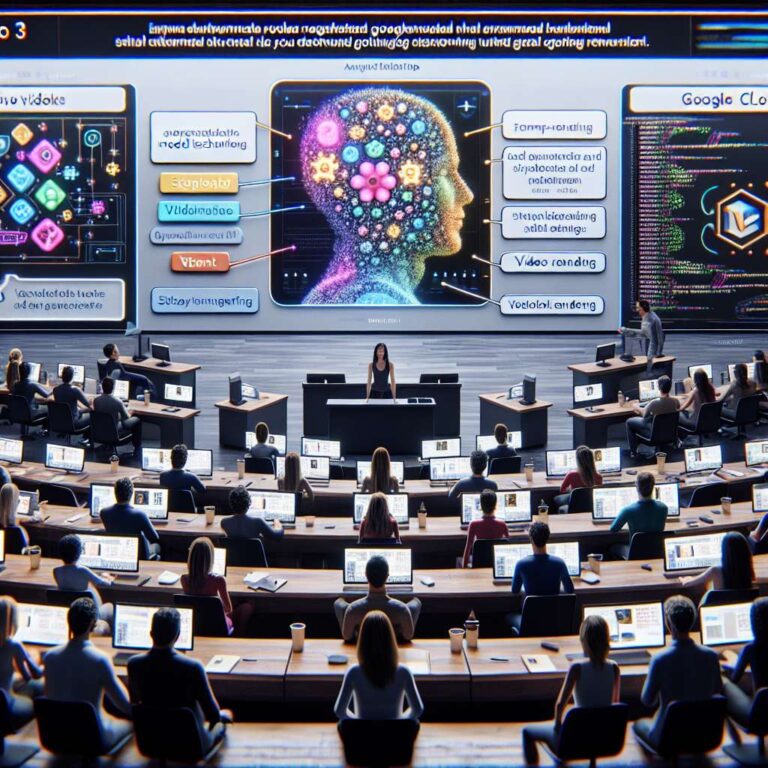Instructor Lynn Langit presents a course focused on using Google Veo 3 to produce Artificial Intelligence-generated, photo-realistic movies. The course emphasizes advanced techniques in video prompts and explains how Veo 3 differs from Veo 2, outlining the benefits of the newer version. Participants will learn best practices for prompting and for customizing subjects, actions, and styles to shape dynamic, realistic video output.
The curriculum covers practical integration with Google AI Studio and the Google Cloud Vertex AI toolset, showing how these platforms work together to streamline video generation workflows. The class also addresses programmatic enhancement of the video creation process through Google Colab Notebooks. Instruction centers on combining prompt design, model selection, and scripting to produce consistent, high-quality results while leveraging platform features for scale and reproducibility.
The course is positioned for creatives, video professionals, and anyone interested in producing high-quality videos at scale using Artificial Intelligence tools. It highlights hands-on techniques for tailoring outputs to specific creative goals and for adopting workflow practices that support professional video projects. A Learn More link is provided in the original listing for students who want to access the full course details on the hosting platform. The offering aims to help practitioners enhance projects with sophisticated Artificial Intelligence video tools and to expand practical skills in prompt engineering and platform integration.

